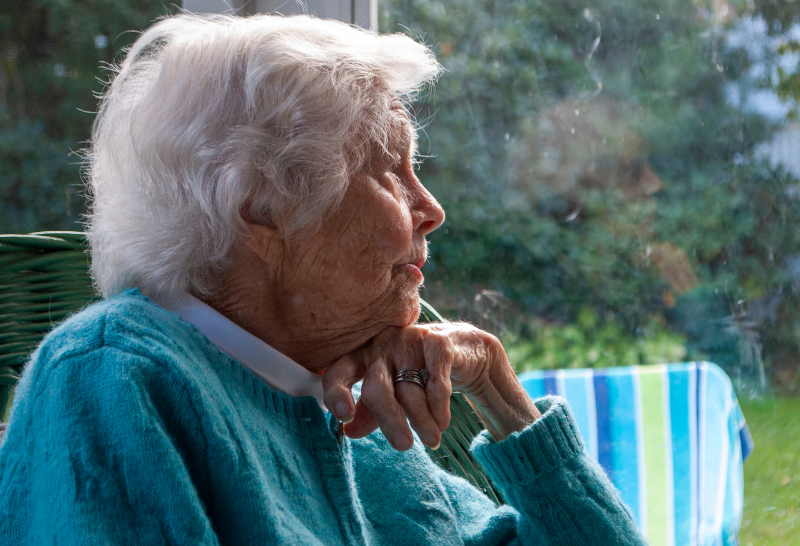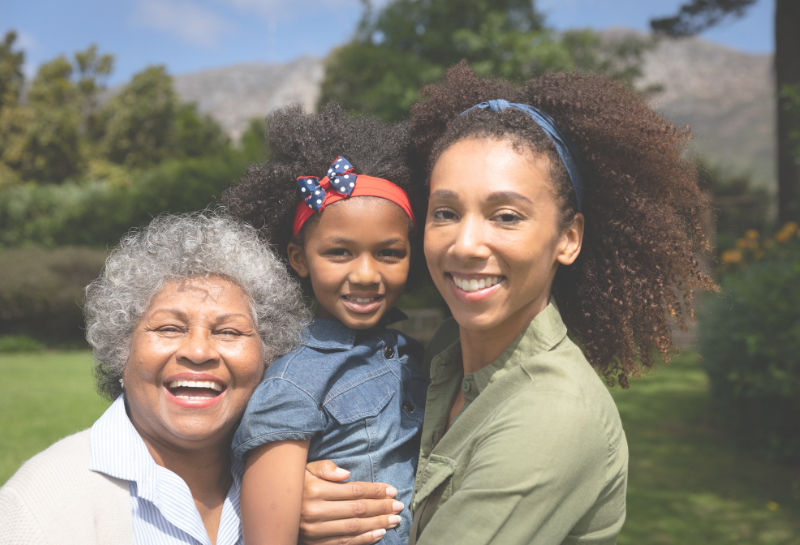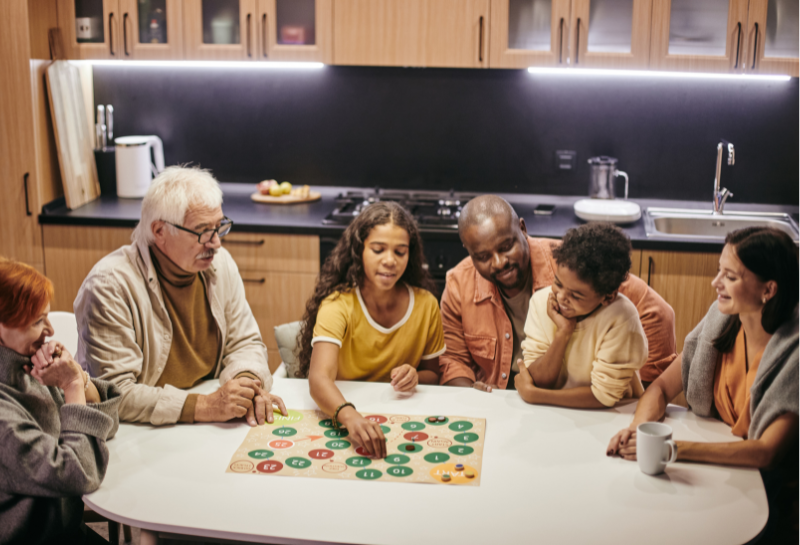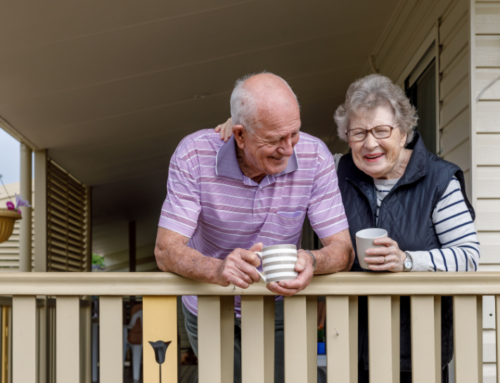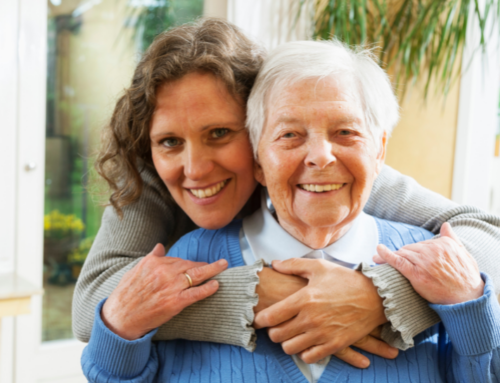Social Isolation and Loneliness Poses Health Risks — Part 1
According to the CDC, the physical well-being risks associated with social isolation and loneliness in seniors have been linked to higher risks for health conditions.
They distinguish loneliness and social isolation — “Loneliness is the feeling of being alone, regardless of the amount of social contact. Social isolation is a lack of social connections. Social isolation can lead to loneliness in some people, while others can feel lonely without being socially isolated.”
Our seniors are at continued risk based on their living situations, with many living alone, socially isolated, and experiencing crippling loneliness. Some of the reasons that seniors find themselves socially isolated and lonely stem from the following:
- The death of a partner, spouse, or friend
- Family living far away
- Retirement and loss of purpose lead to being more reclusive
- Sometimes a lack of mobility
A summary written by the NIH’s National Library of Medicine gives strong evidence that social isolation and loneliness in seniors put their health at risk:
- Social isolation has been associated with a significantly increased risk of premature mortality from all causes.
- Social isolation has been associated with an approximately 50 percent increased risk of developing dementia
- Loneliness among heart failure patients has been associated with a nearly four times increased risk of death, 68 percent increased risk of hospitalization, and 57 percent increased risk of emergency department visits; and
- Poor social relationships (characterized by social isolation or loneliness) have been associated with a 29 percent increased risk of incident coronary heart disease and a 32 percent increased risk of stroke.
How We Can Think About Social Isolation and Loneliness
According to the Surgeon General’s Advisory, Our Epidemic of Loneliness and Isolation 2023, we must have a social connection to avoid the adverse effects of social isolation and loneliness. He tells us that social connection encompasses all the interactions, relationships, roles, and sense of connection individuals experience.
The many ways we lack social connection but can work to connect and protect seniors fall under the following pillars:
STRUCTURE:
The number of relationships we have, their variety, and the frequency of our interactions with others.
What we can do: Promote a diverse network of family, friends, neighbors, and support groups to promote seniors’ well-being.
FUNCTION:
The degree to which others can be relied upon for various reasons.
What we can do: Provide emotional, informational, and practical support to impact seniors’ quality of life positively.
QUALITY:
The degree to which our relationships and interactions with others are positive, helpful, or satisfying v. negative, unhelpful, or unsatisfying.
What we can do: Contribute high-quality relationships to support better health outcomes and the overall well-being of seniors
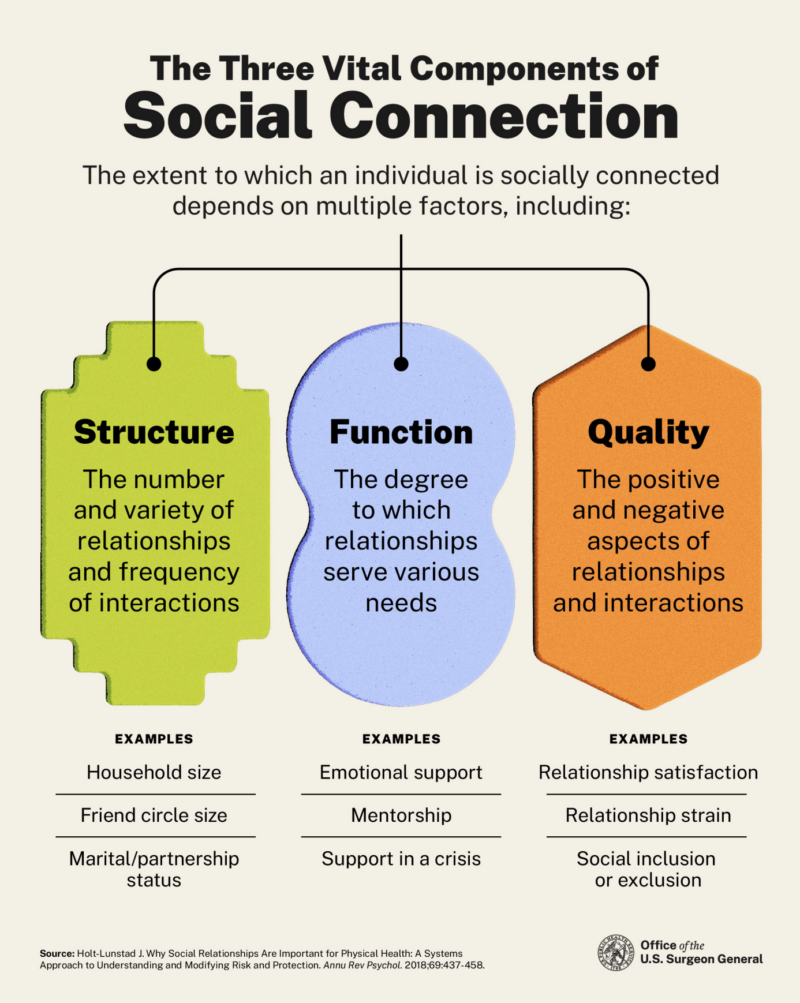
We can combat social isolation and loneliness and their associated health risks for seniors. By putting structures in place that increase the amount and quality of interactions for them, offering the emotional support required, and providing regular positive interactions, we can reduce health risks and improve the quality of their lives.
This first article of a three-part series will delve deeper into the physical health risks associated with social isolation and loneliness among our seniors.
Increased Risk Of Chronic Conditions (Heart Disease, High Blood Pressure, Diabetes)
Research from various disciplines, including medicine, psychology, and neuroscience, have come to the same conclusion: being socially connected is an important predictor of quality of life and longevity. Conversely, social isolation and loneliness can predict poor health and premature death.
Steve Cole, Ph.D., director of the Social Genomics Core Laboratory at UCLA, focuses on understanding the physiological pathways of loneliness through his NIA-funded research. He explains, “The biology of loneliness can accelerate plaque buildup in arteries, help cancer cells grow and spread, and promote inflammation in the brain leading to Alzheimer’s disease. Loneliness promotes several different types of wear and tear on the body.”
Seniors lacking social connections may experience higher stress levels and engage in unhealthy behaviors contributing to these conditions.
“Among older adults, the effect of social isolation on hypertension risk is even greater than that of other major clinical risk factors such as diabetes. And among older adults, the effect of social isolation on hypertension risk is even greater than that of other major clinical risk factors such as diabetes.” (Surgeon General Report, Our Epidemic of Loneliness and Isolation 2023)
In 2022, the American Heart Association concluded that “social isolation and loneliness are common, yet underrecognized determinants of cardiovascular and brain health.”
Improving seniors’ social networks, providing emotional support, and preventing social isolation and loneliness can reduce the risk of chronic diseases and promote better health.
Lowered Immune System
Loneliness and social isolation can also harm seniors’ immune systems, making them more susceptible to infections and illnesses. Studies have indicated that these two phenomena may increase inflammation and decrease antiviral response.
The autonomic nervous and immune systems are deeply intertwined because the autonomic nervous system regulates immunity. Therefore, any imbalance in the system can change our inflammatory responses and create a host environment that is more vulnerable to subsequent infections.
For seniors, social isolation and loneliness can negatively affect the autonomic nervous system leading to an immunocompromised system and exacerbating the risk of severe infections with other co-morbidities related to aging, i.e., diabetes, Alzheimer’s, rheumatoid arthritis, cancer, and more.
A strong social network can help boost seniors’ immune systems by providing emotional support, encouraging conversation, regular exercise, and other healthy behaviors.
Increased Risk Of Falls And Injuries
Seniors experiencing social isolation and loneliness may have a higher risk of falls and injuries due to a lack of support and assistance in their daily lives. In addition, being socially isolated can lead to reduced physical activity, contributing to muscle weakness and impaired balance.
Individuals living alone show an 18% higher risk of reporting a fall than those living with a friend or relative. “Those with the least social contact were 24% more likely to report a fall and 36-42% more likely to be admitted to a hospital for a fall than those with the most social contact.” (ICAA, 01/2021)
By increasing seniors’ social connections using social services, non-profits, and volunteerism to form the support needed for our community’s older adults, we can help ensure they have the support necessary to prevent accidents and maintain their independence.
Malnutrition And Unhealthy Eating Habits
An estimated 5.3 million people aged 60 and older experience food insecurity.
Social isolation and feelings of loneliness can lead to malnutrition and unhealthy eating habits among seniors, who may need more motivation or resources to prepare balanced meals. Likewise, living alone and having limited social contact can contribute to a decreased appetite and poor dietary choices.
Malnutrition leads to various problems, like unintentional weight loss, weakness, or dizziness, that can lead to a fall, broken bones, depression, and more.
Reasons for seniors to eat meals together include:
- Making better food choices
- Lower risk of obesity and chronic diseases
- An improved sense of community and belonging
- Higher-quality food
- Improved safety from choking
Eating together promotes healthy eating for seniors, especially for those living alone. In addition, engaging seniors in social activities, such as congregate meals, can encourage healthier eating habits and improve their overall well-being.
The Bottom Line
Social isolation and loneliness pose significant physical health risks for seniors. Still, by addressing their social networks’ structure, function, and quality, we can help combat these issues and improve their overall well-being.
In the following article of this series, “Social Isolation and Loneliness Poses Mental and Emotional Consequences – Part 2”, we will explore the mental and emotional health consequences of social isolation and loneliness among seniors and potential interventions to support their well-being.
Click here to find out more about support structures in place to serve your loved ones, friends, and neighbors.
Sources:
- Surgeon General Report, Our Epidemic of Loneliness and Isolation 2023
- The Centers for Disease Control and Prevention, April 2021
- Steve Cole, Ph.D., Director of the Social Genomics Core Laboratory at UCLA
- International Council on Active Aging, Data 13,061 participants, 60+ 2002-2017
- Cené CW, Beckie TM, Sims M, et al. Effects of Objective and Perceived Social Isolation on Cardiovascular and Brain Health: A Scientific Statement From the American Heart Association. Journal of the American Heart Association. 2022
- National Institute of Health National Library of Medicine — Social Isolation and Loneliness in Older Adults: Opportunities for the Health Care System.
- Hunger + Health, Feeding America, Seniors
- National Council on Aging, What Is A Congregant Meal? How Do They Benefit Older Adults?, February 2023.
More Articles That Might Interest You
Corporate Compassion Care for the Sandwich Generation Workforce
Corporate Compassion Care for the Sandwich Generation Workforce Have you considered your organization's compassion in the lives [...]
The Caregiving Balancing Act: Support Systems for the Sandwich Generation
The Caregiving Balancing Act: Support Systems for the Sandwich Generation Are you juggling the dual roles of [...]
HR Champions of Aging-in-Place: Fostering Intergenerational Connections
HR Champions of Aging-in-Place: Fostering Intergenerational Connections Attention HR leaders and professionals! “ The more HR and [...]


